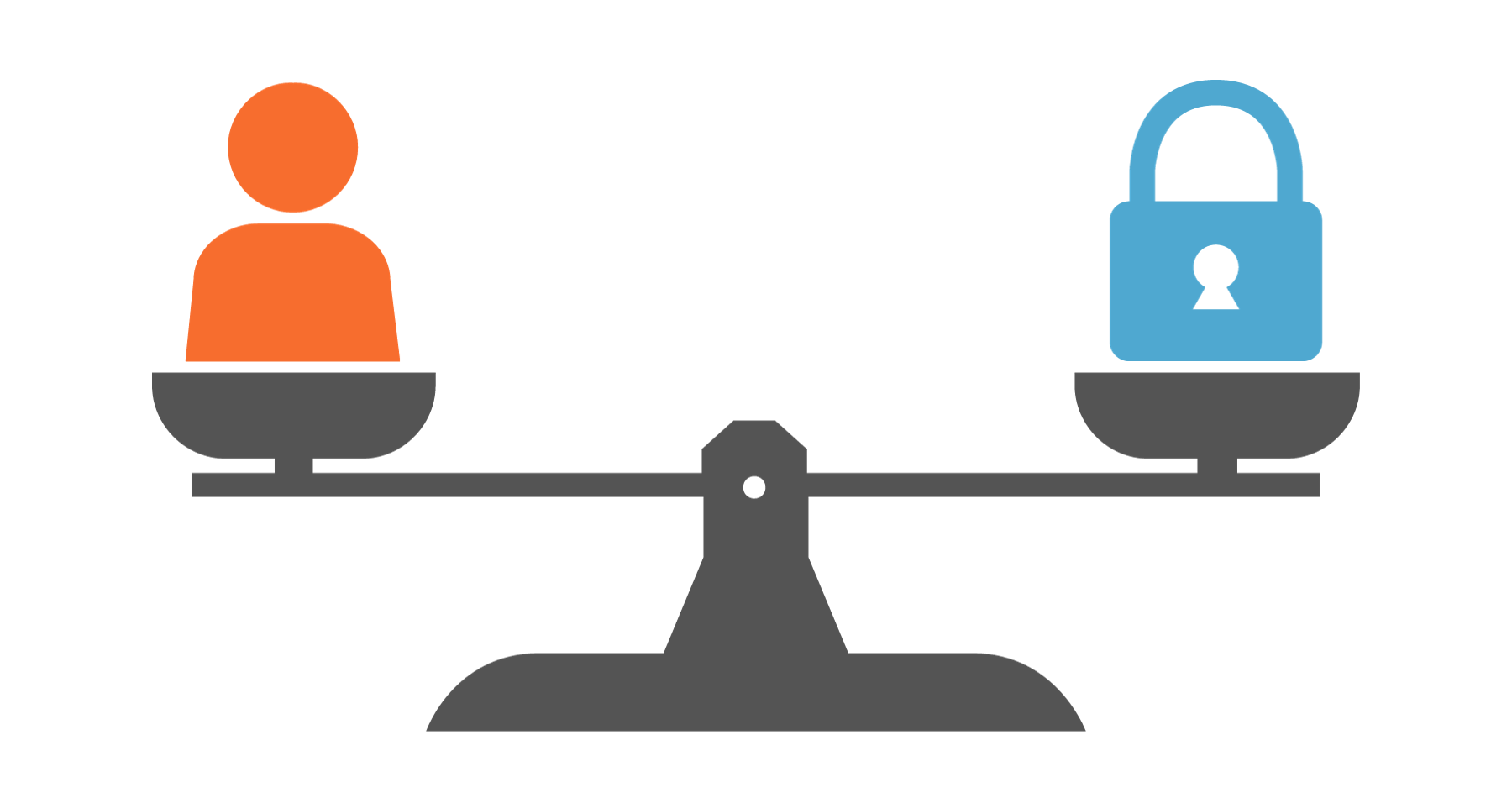The Final Death of Flash Video: Time to Make the Switch
Media

Major digital media and marketing players face a stark realization in 2016: Flash is dying. And those yet to move completely away from Flash could soon find their video views and engagement rates drop off significantly as the world moves to HTML5.
The news is coming hard and fast. All of the major web browsers have announced they are aggressively restricting Flash content or blocking it entirely as they push the use of HTML5 for everything from video to web analytics.
Safari is said to be moving first, with Flash content being disabled in Safari 10 and expected to ship in September or October this year. Chrome is following soon after, with Flash disabled by default from December 2016. Firefox and Internet Explorer are also restricting Flash content this year, before disabling it completely in 2017.
| Flash Restricted | Flash Disabled | |
| Chrome | Sep 2016 | Dec 2016 |
| Edge | By end of 2016 | |
| Firefox | Aug 2016 | Early 2017 |
| Safari | Sep 2016 |
Those who still depend on Flash for their videos will begin to be significantly impacted in the coming months. Though many devices, like the iPhone, have long pushed for a HTML-focused video future, the move by desktop browsers will further disadvantage unprepared marketers and media organizations seeking to deliver video across a range of devices. As browsers impose restrictions on Flash, it will be harder to ensure your video actually gets viewed at all, even via desktop browsers.
Put simply, now’s the time to switch.
Brightcove’s journey away from Flash began in 2014 with our new HTML-focused player and we hammered the final nail into the coffin in February when we launched Brightcove Player 5, allowing our customers to go 100 percent HTML5 across all devices for faster loading, higher resolution and more efficient power consumption. Since then, we’ve seen many of our major media and marketing customers switch over to our HTML-based platform, ensuring that they can deliver top-quality content in the optimal manner.
Unfortunately, not all are so lucky. Other video platforms have been slower on the uptake, requiring their customers to languish on Flash and the poor performance that often comes with it. While many of these platforms are beginning to offer non-Flash options in their players, this could be too little too late. These platforms remain largely untested for performance, functionality and compatibility, making it a risky choice for those yet to take the leap to HTML5.
A third party agency comparison of Brightcove Player 5 against the newly released Ooyala player found Brightcove’s HTML5 player still loaded and started playing the video in a fraction of the time it took the Ooyala player to do the same task. As a result, many of their customers have switched to competing platforms or built their own tools in-house.
Earlier this month, global analyst firm Frost & Sullivan recognized Brightcove with the 2016 Market Leadership Award for Global Online Video Platforms citing our “high performance, Flash-free HTML5 player” as a key reason for the win.
The death of Flash has been a long time coming. Since the launch of the iPhone in 2007, Apple has led a campaign against Flash that culminated in a manifesto from Jobs himself in 2010, where he laid out six major reasons the format had no future on the web and mobile. He turned out to be right.
Flash, first built in the 1990s, has long been superseded by open standards with far better performance and significantly better malleability for a modern web dominated by mobile and social.
Those marketing and media companies that have yet to make the switch should be wary of the imminent tolling of the bell. It isn’t too late, however — there are HTML-based platforms that can ensure your video experiences remain at the forefront of technology and compatibility with consumer devices.


